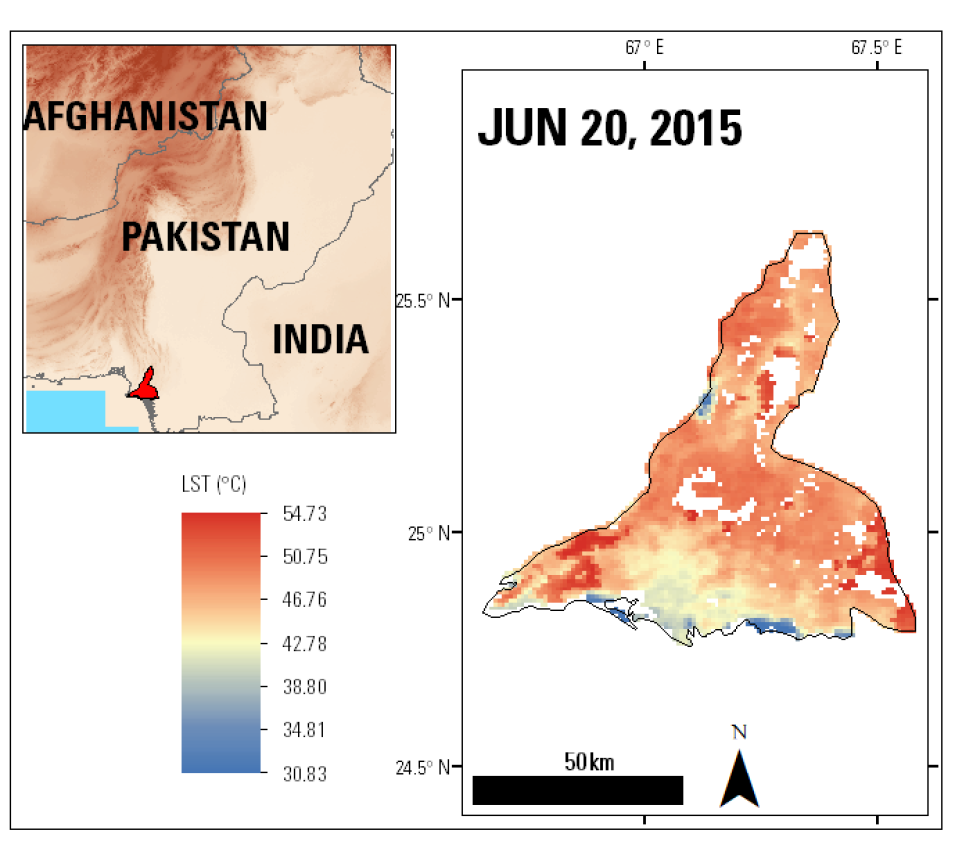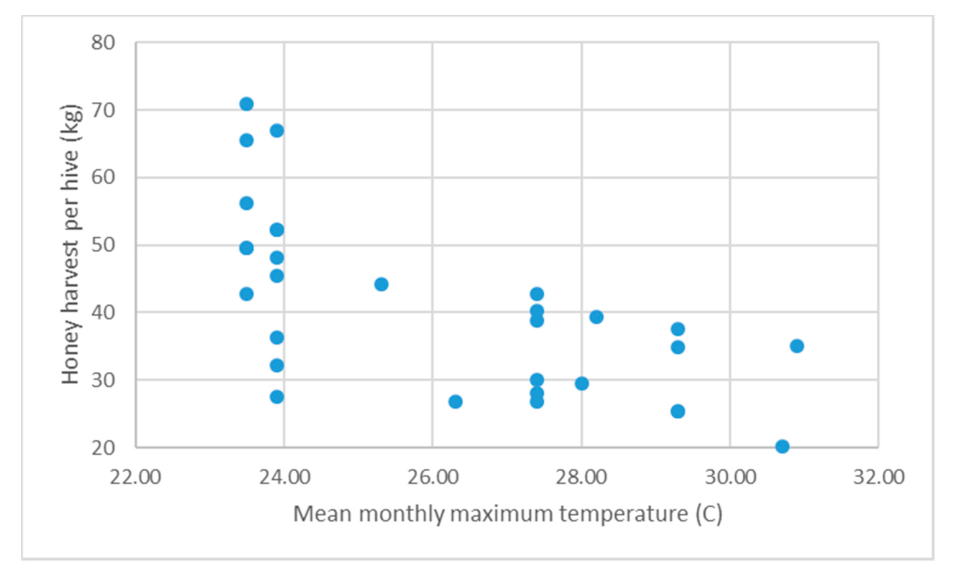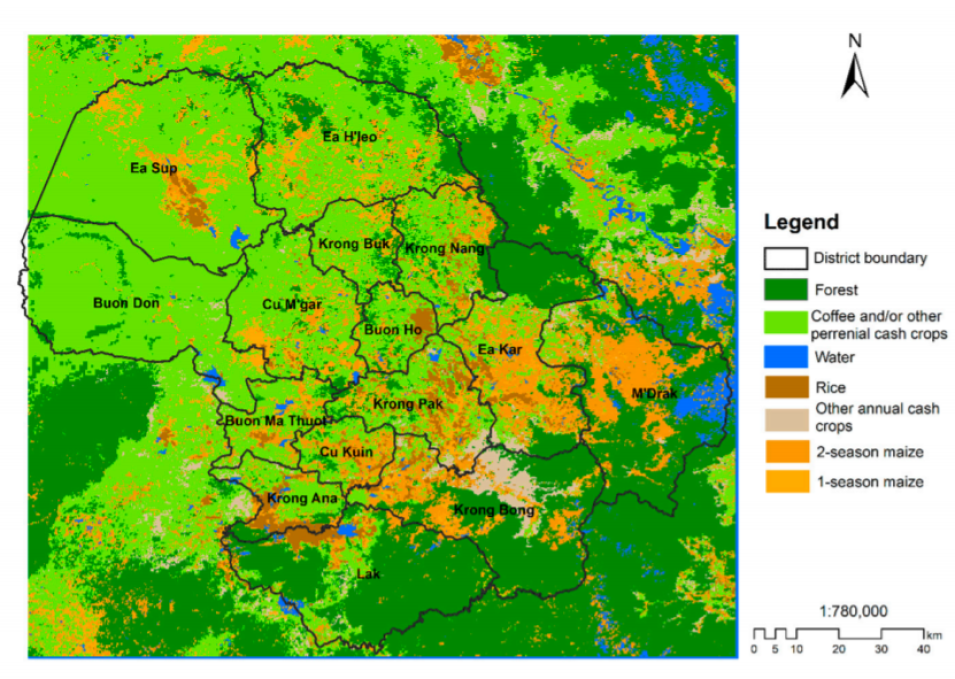Science Objectives
In their paper "Surface urban heat islands in the mega city of Karachi, their spatial distribution and health emergency response infrastructure" published in The Journal of the Pakistan Medical Association, Atif and others (2020) examine if the 2015 heat wave was abnormal to determine whether the spatial inequality in the distribution of basic facilities—such as water, power, and healthcare—contributed to the unprecedented number of heat-related deaths during this period.
Instruments Used
The suthors used Terra MODIS day and night Land Surface Temperature (LST) (MOD11A1) data from March 2000 to August 2016 to study the spatial variability of temperature and identify regions that experienced above normal temperatures in 2015.
Major Findings
Using the MODIS LST data to map the surface urban heat islands and a spatial density map of health facilities across Karachi, the authors found that the temperature trends across the city in 2015 were not significantly higher than historical records, suggesting that the lack of utility and health services in areas contributed to the large number of deaths during the heat wave.
References
Publication Reference
Atif, S., Hussain, E., and Khan, J., 2020, Surface urban heat islands in the mega city of Karachi, their spatial distribution and health emergency response infrastructure: The Journal of the Pakistan Medical Association, v. 70, no. 4, p.705–712. doi:10.5455/JPMA.5478
Image References
Granule IDs
(Author's note: MODIS Version 6 data have since been decommissioned. Users are encouraged to use the Version 6.1 equivalent product.)
- MOD11A1.A2015171.h24v06.006.2016222131906
- ASTGTMV003_N<21-34>E<061-077>
Data Citation
Wan, Z., Hook, S., and Hulley, G., 2015, MOD11A1 MODIS/Terra Land Surface Temperature/Emissivity Daily L3 Global 1km SIN Grid V006 dataset: NASA EOSDIS Land Processes DAAC, accessed July 30, 2020. doi:10.5067/MODIS/MOD11A1.006
NASA/METI/AIST/Japan Spacesystems, and U.S./Japan ASTER Science Team, 2019, ASTER Global Digital Elevation Model V003 dataset: NASA EOSDIS Land Processes DAAC, accessed July 31, 2020. doi:10.5067/ASTER/ASTGTM.003
Boundary Source
Global Administrative Unit Layers (GAUL) dataset, implemented by FAO within the CountrySTAT and Agricultural Market Information System (AMIS) projects. Accessed 2014-12-19.


